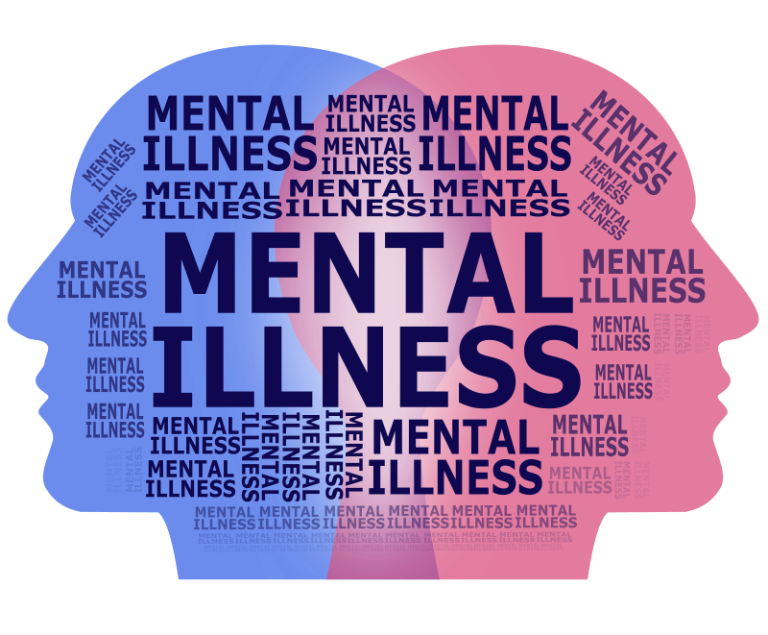Understanding What Shapes BPD in Adolescence
It’s common to think of adolescence as a turbulent but temporary phase—a time of mood swings, identity shifts, and high drama. For most young people, these experiences settle with age. But for some, the turbulence doesn’t fade. Instead, it deepens into something more enduring: the early signs of Borderline Personality Disorder (BPD). A major 2021 systematic review helps us understand why.
Researchers Gabriele Skabeikyte and Rasa Barkauskiene examined 14 longitudinal studies spanning nearly four decades, focusing on adolescents aged 10 to 18. Unlike previous research that looked mainly at the onset of BPD, this study investigated what influences whether symptoms persist or worsen during adolescence.
Their findings matter not just to clinicians but to parents, carers, and anyone supporting a young person on the edge of a full-blown diagnosis. Because what this review reveals is both sobering and empowering: some risk factors are baked in early, but many are modifiable.
When Symptoms Stick
Across the studies, most adolescents did follow a pattern of decreasing BPD symptoms over time. But a significant group did not. In both clinical and community samples, researchers identified young people whose symptoms either remained stable or intensified through adolescence—especially girls.
What sets these young people apart? The review identified four main domains of influence: temperament and early traits, adolescent mental health, interpersonal relationships, and family environment.
Difficult Temperament: More Than Just a Phase
Children who were emotionally intense, highly active, and less socially engaged were more likely to follow a worsening trajectory of BPD symptoms. Traits like negative affectivity—a tendency toward sadness, anger, or fear—also predicted higher BPD symptom levels. Crucially, the link between early emotionality and later BPD was often indirect, shaped by declining self-control skills.
This suggests that even if a child seems temperamentally vulnerable, the right support in building emotional regulation and executive functioning could alter their developmental path.
The Power of Comorbid Conditions
One of the most consistent findings across all 14 studies was the role of co-occurring mental health issues. Attention problems, hyperactivity, oppositional behaviour, substance misuse, depression, anxiety, somatization—each of these was linked to a slower decline or outright increase in BPD symptoms.
Importantly, these findings held true in both community and clinical samples. That means you don’t need a psychiatric diagnosis to be at risk. Subthreshold symptoms can still exert powerful influence over time.
For carers, this reinforces the need for early and integrated mental health support. Tackling co-occurring issues early may prevent a slide into entrenched BPD patterns.
Relationships That Heal—or Harm
Adolescence is a time of growing social independence, and this review showed how peer and romantic relationships shape BPD trajectories. Exposure to psychological, sexual, or relational violence, especially in friendships or early romances, was strongly linked to worsening symptoms.
Surprisingly, even positive-seeming factors like intense support from a romantic partner were linked to increased symptoms in girls. When those relationships become overly enmeshed or codependent, they may reinforce fear of abandonment or identity instability—core features of BPD.
Notably, poor quality relationships with fathers, but not mothers, predicted slower improvement in BPD symptoms. This hints at the unique role that paternal figures may play in emotional development during adolescence.
Family Factors: The Indirect Effect
Interestingly, most parenting behaviours—such as warmth, discipline, or emotional validation—were not directly linked to changes in BPD symptoms. The exception? Exposure to domestic violence. Teens who witnessed interparental aggression had slower declines in BPD symptoms, highlighting the impact of household environment over parenting style.
Maternal BPD symptoms, but not parental depression, were also a predictor of higher BPD symptoms in adolescents, suggesting a specific intergenerational transmission.
What This Means for Carers
This research paints a complex picture, but it offers a clear message: adolescence is not too late. BPD symptoms are not fixed, and their course can be influenced. As a carer, your role is not just emotional support but early detection and connection to help.
Watch for signs beyond the typical teenage angst: emotional outbursts paired with impulsivity, unstable sense of self, intense fear of rejection, or risky relationships. If these show up alongside ADHD, depression, or trauma, it may signal a risk trajectory.
Importantly, don’t dismiss these signs as “just a phase.” Research now shows that adolescent BPD is valid, diagnosable, and modifiable.
Supporting Change
If your child or the young person you care for is showing these patterns, here’s what helps:
- Seek assessment from clinicians experienced in adolescent BPD.
- Address co-occurring conditions like anxiety, ADHD, or substance use early.
- Help them build self-control skills—not just “willpower” but structured routines, emotion regulation, and decision-making tools.
- Support healthy boundaries in relationships.
- Create a stable, non-violent home environment—and if needed, seek support for your own mental health too.
A Final Word
This systematic review confirms what many carers already feel: adolescence is a window of both risk and opportunity. Some BPD symptoms will fade. Others won’t—unless we act. Recognising the patterns, understanding the drivers, and responding early can make all the difference.
To read the full open-access study, visit: https://bpded.biomedcentral.com/articles/10.1186/s40479-021-00151-1
💬 Caring for someone with BPD?
👉 Book a FREE One2One support session
🧠 Join our FREE webinars and peer groups
📩 To book email us at: info.bpduk@gmail.com
Discover more from BPD UK
Subscribe to get the latest posts sent to your email.




